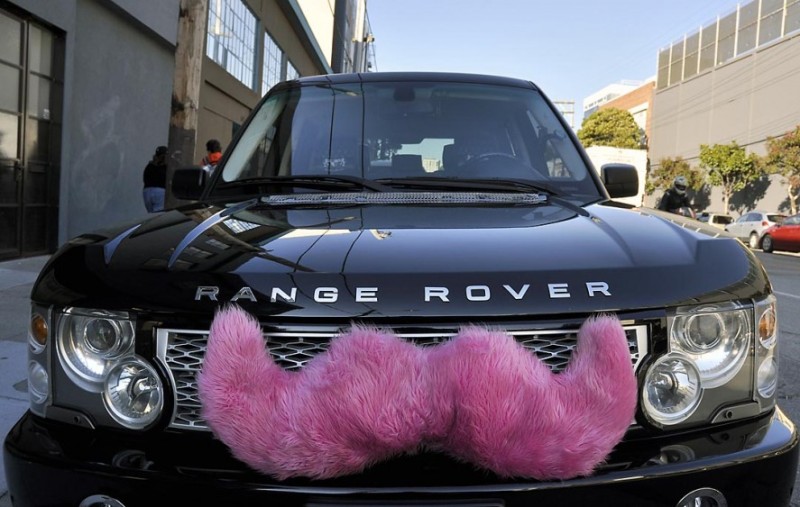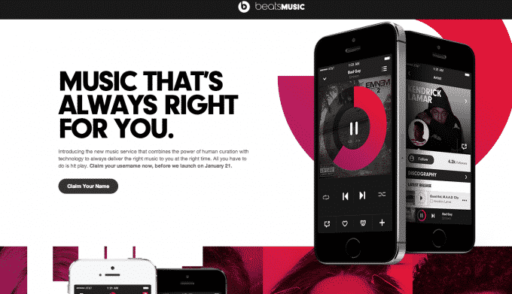When Uber came up with a peer-to-peer ride-sharing idea, it took the U.S. taxi market by storm. Lyft entered the competition a lot later but the two are now in a stiff competition.
Lyft was founded back in 2012 and is already dominating the peer-to-peer transportation in the U.S. The company started off small and still lags behind Uber in terms of revenue but it has found a loyal base of drivers and customers in the peer-to-peer niche. Most Lyft vehicles are usually draped in a pink mustache, something which has become a hallmark of the company.
This is an excellent strategy because peer-to-peer transportation segment is experiencing a rapid growth in the U.S. Lyft offers relatively affordable peer-to-peer options compared to Uber and claims to have the best drivers in town. This claim seems true, given that the company is currently leading the peer-to-peer portion.
General estimates put Lyft’s current annual growth at about 20x, which is truly impressive. The company says that currently, it is serving one-third of the total weekly rides that Uber was offering as recently as July this year. To put this number in context, you must consider the fact Uber has a whole range of products, including peer-to-peer, exclusive black cars and more.
So if Lyft is able to match a fraction of that merely by offering peer-to-peer ride sharing, that says something about the company. According to Lyft’s co-founder, John Zimmer, “I think there will be a black car winner at the high end and a peer-to-peer winner at the affordable price point for the mass market. Lyft is already the leader in peer-to-peer, which is the fastest growing on-demand transportation segment.”
Uber is certainly cognizant of this competition and has tried, in recent past, to poach Lyft’s well-trained drivers by launching a concerted campaign. The campaign, Zimmer says, has rather helped Lyft and made it a known brand among the customers. The contest between the two companies is sure to become all the more interesting as both aggressively try to bag a greater share of the U.S. taxi market. For customers, this is good news because it opens the possibility of a general reduction in the fares of peer-to-peer ride sharing options.
To use Lyft’s ride-sharing optins, you need to download the Lyft app for Android and iPhone.
Courtesy: TechCrunch
[ttjad keyword=”iphone”]




![Read more about the article [Funny Video] Gmail Reading Your Email – Microsoft Spanks Google in Recent Ads](https://thetechjournal.com/wp-content/uploads/2012/02/Gmail-Man-512x255.jpg)